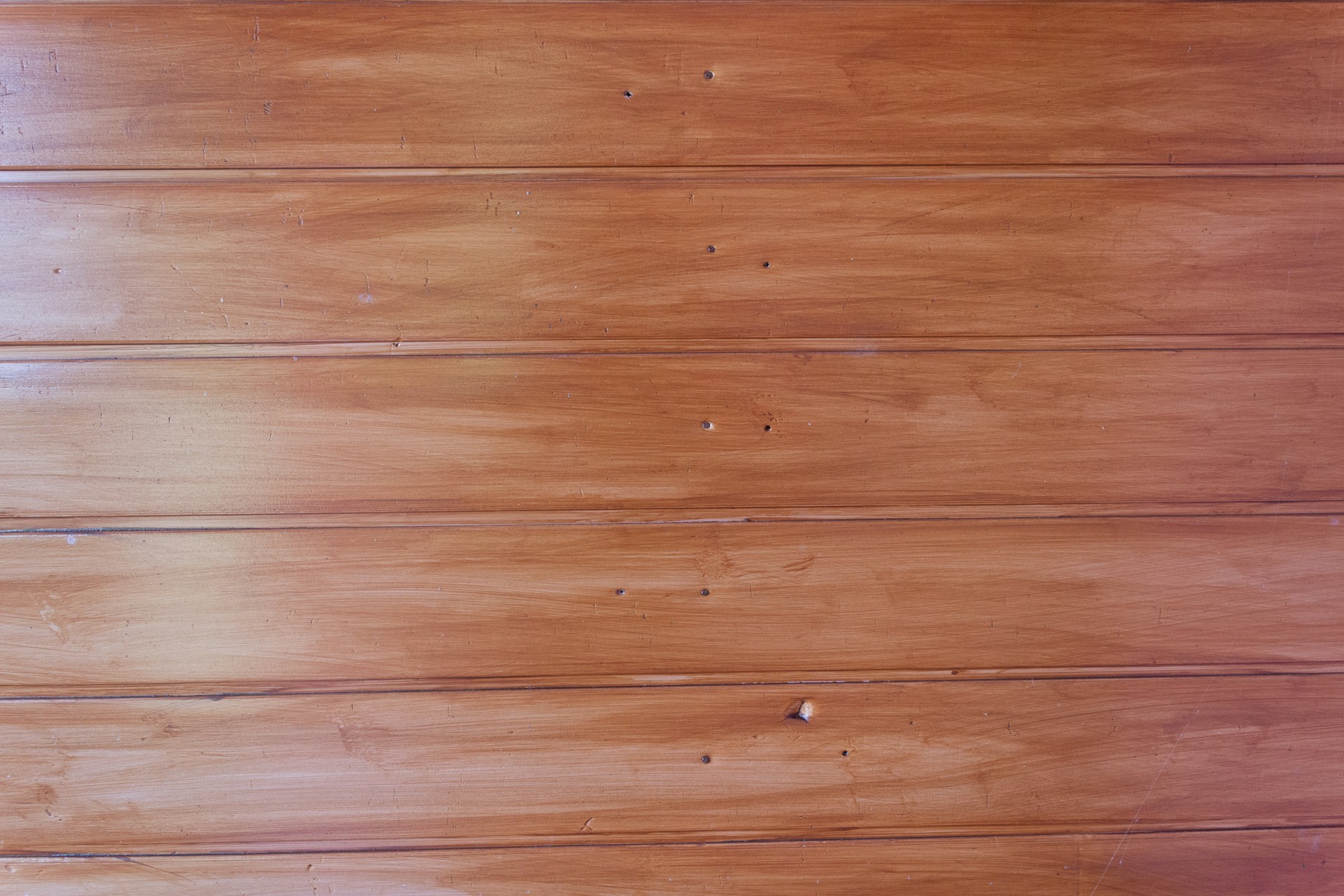Engineered hardwood flooring offers a beautiful and durable addition to any home. While it mimics the appearance of solid hardwood, it is constructed in a way that provides excellent stability and resistance to environmental changes. A common concern homeowners face with this type of flooring is dealing with loose planks. Tackling this issue promptly ensures that your floors remain both functional and attractive without waiting for problems to escalate.
Loose planks can be more than just a minor annoyance. They can cause tripping hazards and if left untreated, lead to further damage in your engineered hardwood flooring. Understanding how to spot the early signs of loose planks and knowing what’s causing them is key to maintaining your floor in top condition. With some preparation and the right approach, you can address these issues efficiently.
Identifying Loose Planks
Noticing the signs of loose planks early can save you from bigger headaches later on. Here are some common symptoms to look out for:
– Creaking Sounds: If you hear unusual squeaks or creaks when walking over your floor, this could indicate loose planks.
– Visible Gaps: Over time, spacing between planks might become apparent, suggesting that they aren’t fixed properly.
– Movement Underfoot: Feeling sections of your floor shift or rise when you step on them is a sure sign of looseness.
Understanding why your planks might be loosening is the next step. Loose planks can result from a few factors. Moisture changes are a primary cause, as they can lead to the expansion and contraction of wood layers. Improper installation is another common reason; if the planks weren’t secured correctly, they’re more likely to shift over time. Finally, environmental factors, like high humidity levels or significant temperature shifts in places like Phoenix, can contribute to the problem.
Preparation Before Fixing Loose Planks
Before commencing repairs, gather the necessary tools and materials to ensure a successful fix:
– Hammer
– Rubber mallet
– Wood glue or flooring adhesive
– Pry bar
– Tape measure
Safety always comes first, so consider wearing protective eyewear and gloves to protect yourself while working. Before starting any repairs, it’s wise to thoroughly inspect the floor to understand the scope of the problem, marking the areas that require attention. This not only helps in planning the task but also ensures you have everything needed before beginning the work. As you prepare, remember that methodically addressing each affected area leads to the best results, protecting your investment for the long term.
Step-by-Step Guide to Fixing Loose Planks
Addressing loose planks in your engineered hardwood floor can seem challenging, but breaking it down into simple steps can make the process manageable. Begin with patience and the proper tools on hand, and you’ll find the task much easier.
1. Locate the Loose Planks: Start by identifying which planks are loose. Gently walk across the floor and listen for creaks, or notice any movement underfoot. Mark these areas for repair.
2. Pry Up the Loose Planks: Carefully use a pry bar to lift the affected planks. If the planks are stuck together, use the hammer to gently tap the pry bar under the plank edges, ensuring not to damage the surrounding area.
3. Apply Adhesive: Use a good wood or flooring adhesive to secure the planks back in place. Apply a small, even amount to the substrate where the planks will sit. Be cautious not to overuse the adhesive, as excess glue can seep out and create a mess.
4. Re-secure the Planks: Once the adhesive is applied, gently press the planks back into place. Use the rubber mallet to tap them firmly down, ensuring they sit evenly with the surrounding floor. Double-check that there are no gaps or uneven surfaces.
5. Clean Up and Allow to Set: After securing the planks, wipe away any excess adhesive immediately. Allow the floor to set undisturbed for the recommended time on the adhesive packaging, usually 24 hours, to ensure a strong bond.
For optimal results, handle each step with care. Taking your time and verifying each plank’s proper placement prevents repeated issues down the road.
Preventative Measures to Keep Engineered Hardwood Flooring Secure
By following some simple guidelines, you can significantly reduce the likelihood of facing loose planks in the future. Consistent maintenance and attention to environmental conditions can keep your flooring looking its best.
1. Regular Maintenance:
– Clean your floors regularly with products suitable for engineered hardwood. Removing dirt and debris reduces wear and tear.
– Inspect your flooring periodically for signs of damage or movement to catch problems early.
2. Environmental Monitoring:
– Ensure your home maintains a stable humidity level. Too much moisture can cause the wood to expand, while too little can lead to shrinkage.
– Consider using a humidifier during dry months and a dehumidifier when it’s particularly wet, balancing the indoor climate to support your flooring.
Keeping an eye on these aspects will not only help prevent issues but also extend the life of your flooring. A little attention can go a long way in maintaining the comfort and beauty your engineered hardwood provides.
Keep Your Engineered Hardwood Flooring in Top Shape
Understanding how to manage loose planks effectively can keep your flooring secure and looking great. By addressing the problem early and employing simple preventative measures, you can enjoy a safer and more appealing space.
Recognizing the need for professional help when necessary is also key. If you find the project daunting or if the problem persists, seeking expert assistance can ensure a proper solution. Your floors are an important part of your home, and maintaining their condition will enhance your living environment for years to come.
If you’re looking to keep your floors in optimal shape, consider exploring more about engineered hardwood flooring to discover how it suits your home. For expert advice and professional guidance tailored to your specific needs, connect with Royal Custom Floor and ensure your flooring investment stands the test of time.

